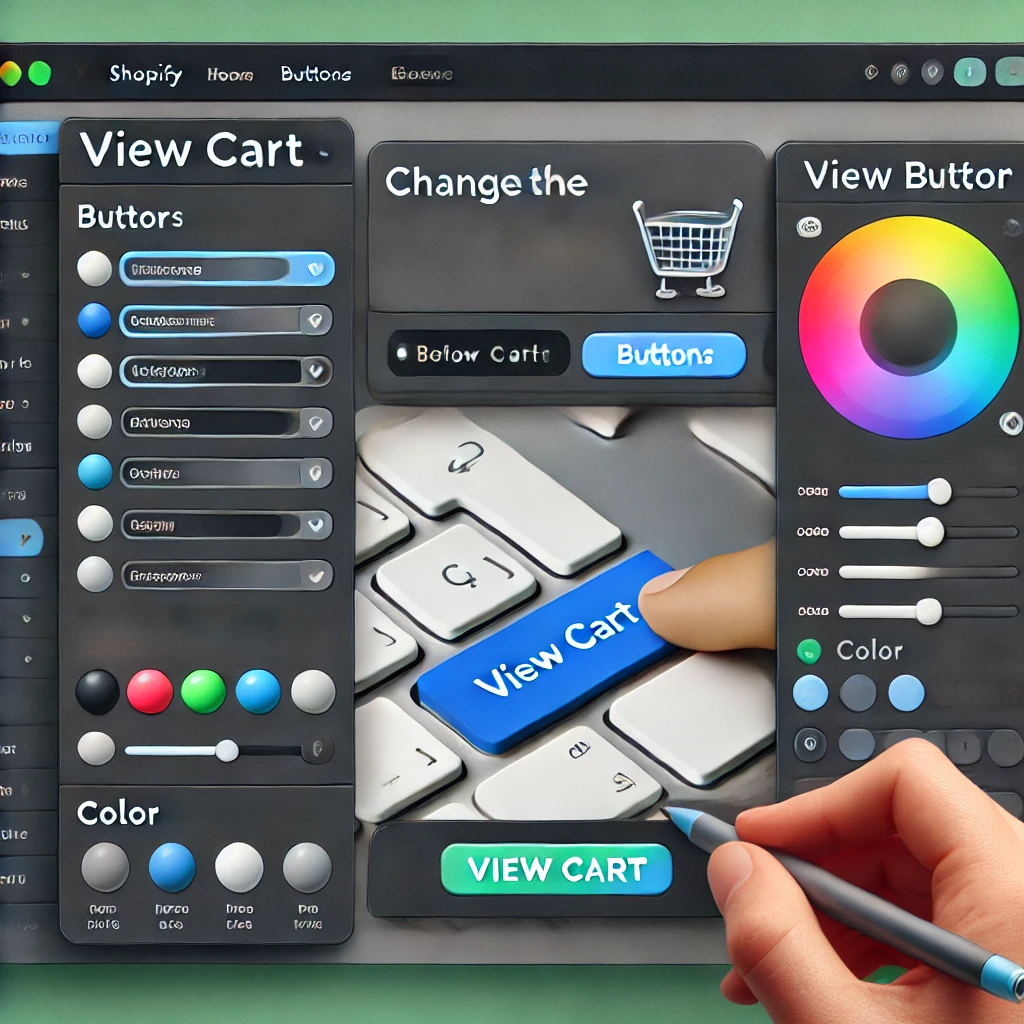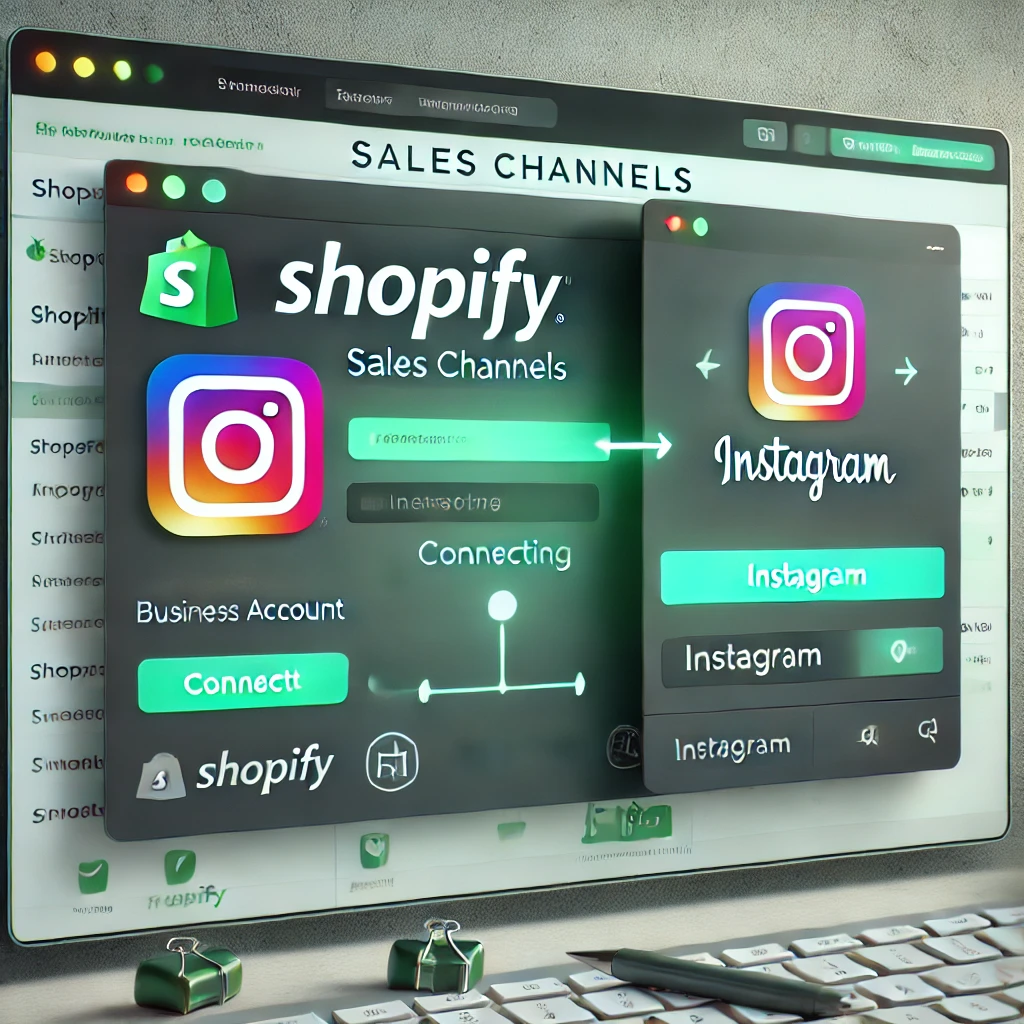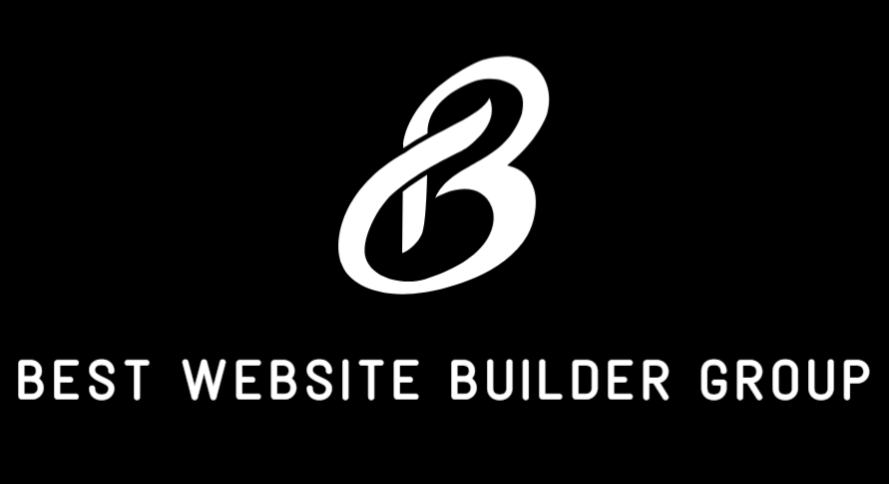Dropshipping has rapidly grown into one of the most accessible online business models—requiring minimal upfront investment, no inventory storage, and the ability to sell globally. For entrepreneurs asking how to dropship on Shopify, the platform offers one of the most beginner-friendly and scalable environments to get started. With powerful integrations, automated fulfillment options, and a wide selection of suppliers, Shopify makes dropshipping a viable business model for both newcomers and experienced eCommerce pros.
In this guide, you’ll learn how to build and launch a Shopify dropshipping store step-by-step—from concept to fulfillment—along with strategic considerations to increase your odds of success.

What is Dropshipping?
Dropshipping is a fulfillment model where the seller doesn’t hold inventory. Instead, when a customer places an order, the product is purchased from a third-party supplier—typically a wholesaler or manufacturer—who ships the item directly to the customer.
You, the merchant, set the price, handle the branding and customer experience, but never physically touch the product. Profit comes from the markup between your retail price and the supplier’s cost.
Shopify’s ecosystem supports dropshipping at scale, combining tools for product sourcing, automated order routing, and storefront design under one roof.

Step 1: Choose Your Dropshipping Niche
Before creating a store, identify your niche. This includes your target market, product category, and unique positioning. Ideal niches for dropshipping have:
- Moderate to high demand
- Low competition from big-box retailers
- Healthy profit margins
- Lightweight, non-perishable items
Avoid overly saturated markets unless you can differentiate your offer through branding or product selection. Popular niches include pet products, fitness gear, home décor, tech accessories, and eco-friendly goods.
Defining your niche early makes it easier to select suppliers, design your brand, and write compelling product descriptions later in the process.

Step 2: Set Up Your Shopify Store
Visit shopify.com and sign up for a free trial. Create your store by entering your business name and email address, then proceed to your Shopify dashboard.
From there, you’ll:
- Choose a theme under Online Store > Themes
- Customize your homepage and navigation
- Add brand elements like your logo, fonts, and colors
- Create core pages (About, Contact, FAQ)
Shopify’s intuitive layout and theme editor make it easy to build a professional storefront without coding. If you need advanced design, Best Website Builder Group offers Shopify development tailored to dropshipping performance.

Step 3: Connect to a Dropshipping Supplier
This step is where Shopify really shines. You can integrate your store with leading dropshipping platforms such as:
- DSers (AliExpress dropshipping official partner)
- Spocket
- Modalyst
- CJ Dropshipping
- Zendrop
To install one:
- Go to the Shopify App Store
- Search for your chosen supplier (e.g., DSers)
- Click Add App, then complete the setup and account registration
These platforms allow you to import products directly into your Shopify store, set pricing rules, and automatically fulfill orders with your suppliers.

Step 4: Import Products and Set Pricing
Browse your chosen supplier’s catalog and select products aligned with your niche. Once you’ve imported products into your store, you’ll need to:
- Edit product titles for clarity and SEO
- Write unique product descriptions
- Set competitive pricing with profit margin rules
- Choose high-quality images or upload your own
Pricing strategy is crucial. Factor in:
- Supplier cost
- Shipping fees
- Transaction fees from Shopify Payments or PayPal
- Your desired profit margin
Use automation rules in DSers or Spocket to maintain consistent markups as you scale.
Step 5: Configure Payment and Shipping Settings
Activate Shopify Payments for fast and secure credit card processing. You can also enable PayPal and other gateways under Settings > Payments.
For shipping, most dropshipping apps include estimated delivery timelines and pricing. You can:
- Offer flat-rate or free shipping
- Set country-specific shipping zones
- Communicate delivery expectations clearly to avoid chargebacks or disputes
If you’re selling internationally, be aware of customs duties and transit times—these can vary widely by supplier location and customer destination.

Step 6: Test and Launch Your Store
Before going live:
- Place a test order through Shopify’s Bogus Gateway or with a live payment method
- Confirm order data flows correctly to your dropshipping app
- Review email notifications and order confirmation templates
- Preview your store on mobile devices
Once everything is running smoothly, remove your password under Online Store > Preferences and start accepting real orders.
Step 7: Market Your Dropshipping Store
Marketing is what makes or breaks most dropshipping businesses. Launch your promotional strategy with:
- Meta (Facebook/Instagram) ads targeting niche interests
- TikTok or YouTube videos showcasing products
- Influencer partnerships in your niche
- SEO-optimized blogs and product content
- Email marketing campaigns for cart recovery and product launches
At Best Website Builder Group, we help dropshipping stores scale through custom ad strategy, funnel design, and performance-focused UX enhancements.

Step 8: Monitor Performance and Optimize
Track store metrics through Shopify Analytics and tools like Google Analytics or Meta Pixel. Look for:
- Conversion rate
- Average order value
- Abandoned cart rate
- Best-selling SKUs
- Profit margin per order
Regularly audit product performance and remove underperforming items. Optimize pages for speed and usability, especially on mobile.
As your store grows, consider upsell apps, bundling strategies, and loyalty programs to improve customer retention.

Challenges of Dropshipping to Be Aware Of
While dropshipping offers low barriers to entry, it does have its downsides:
- Lower margins compared to private label or inventory-based models
- Limited control over shipping speeds and quality
- High competition in popular niches
- Customer service burdens if suppliers underperform
Mitigate these risks by working with vetted suppliers, choosing niche products, and offering excellent customer support.
Conclusion
Learning how to dropship on Shopify opens the door to launching a lean, scalable eCommerce business without needing to warehouse inventory. With the right supplier integration, product strategy, and marketing plan, you can build a brand that sells while minimizing overhead and operational complexity.
At Best Website Builder Group, we specialize in helping dropshipping businesses create polished, performance-driven Shopify stores that convert. From store design to supplier integration and campaign management, we’re here to help your online business launch strong and grow fast.
